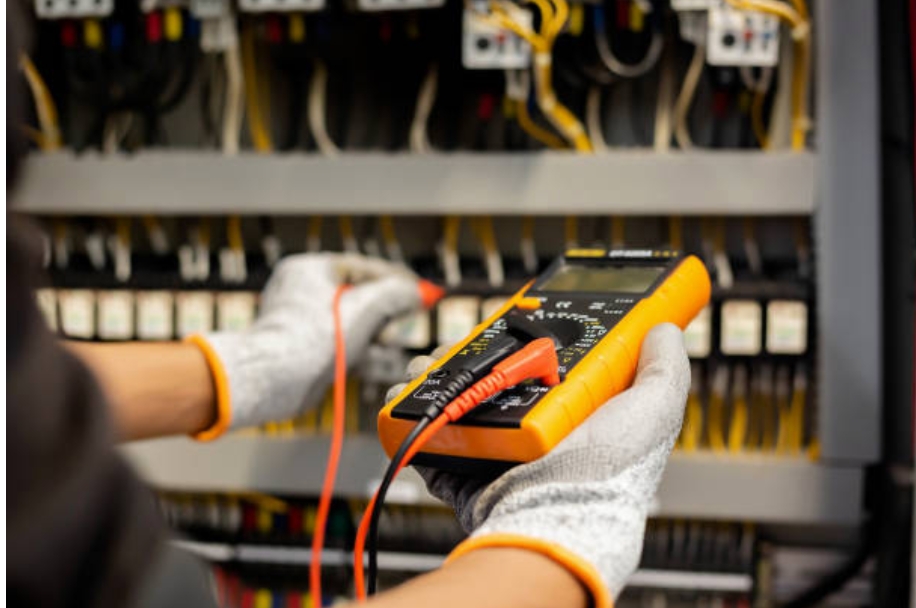Electrical emergencies can be a harrowing experience for any homeowner, posing serious risks to life, property, and the integrity of the electrical system itself. In Australia, where households heavily rely on electricity for various functions, understanding the most common electrical emergencies is crucial for ensuring safety and taking prompt action when needed.
Recognizing the Importance of Electrical Safety
Electricity powers almost every aspect of modern living, from lighting and heating to powering electronic devices and appliances. However, its omnipresence also means that electrical mishaps can occur, sometimes with dire consequences. Being proactive about electrical safety is paramount to prevent emergencies and mitigate risks effectively.
Common Electrical Emergencies in Australian Homes
1. Electrical Fires
Electrical fires are one of the most alarming emergencies homeowners may face. These fires can result from overloaded circuits, faulty wiring, or malfunctioning appliances. Recognizing the signs of electrical fires, such as burning smells, sparks, or flickering lights, is essential to get an electrician for prompt action.
2. Power Outages
Power outages can occur due to various reasons, including severe weather conditions, grid failures, or equipment malfunction. While some outages are temporary and can be resolved by the power utility company, others may require professional assistance to identify and fix underlying issues within the home’s electrical system.
3. Electrical Shock
Electrical shocks can happen when individuals come into contact with live wires, faulty appliances, or improperly grounded electrical systems. Depending on the severity, electrical shocks can range from mild discomfort to life-threatening injuries. Understanding how to safely respond to electrical shocks can prevent further harm.
4. Tripped Circuit Breakers
Tripped circuit breakers are a common occurrence in many households, often caused by overloading circuits or faulty appliances. While resetting a tripped main switchboard or circuit breaker is relatively simple, recurrent tripping may indicate underlying issues that require professional inspection and repair.
5. Exposed Wiring
Exposed wiring poses significant safety hazards, increasing the risk of electrical shocks, fires, and other accidents. Wiring may become exposed due to wear and tear, animal interference, or improper installation. Addressing exposed wiring promptly is crucial to prevent accidents and ensure the integrity of the electrical system.
6. Malfunctioning Appliances
Malfunctioning appliances can pose both electrical and fire hazards within the home. Signs of appliance malfunction include strange noises, burning smells, or irregular operation. Regular maintenance, timely repairs, and proper usage can help prevent appliance-related emergencies.
Responding to Electrical Emergencies Safely
Here is how you should respond to electrical emergencies.
1. Stay Calm and Assess the Situation
In the event of an electrical emergency, it’s essential to remain calm and assess the situation carefully. Panicking can exacerbate risks and hinder effective decision-making. Take a moment to evaluate the severity of the emergency and prioritize safety measures.
2. Cut Off Power Supply
If safe to do so, cutting off the power supply can help mitigate immediate risks in many electrical emergencies. Locate the main circuit breaker or fuse box and switch off power to the affected area. This step can prevent further damage and reduce the likelihood of electrical shocks or fires.
3. Evacuate if Necessary
In cases of severe electrical emergencies, such as widespread fires or electrocution hazards, evacuation may be necessary to ensure personal safety. Have an evacuation plan in place and familiarise all household members with emergency exits and assembly points.
4. Contact Emergency Services
For serious electrical emergencies, such as electrical fires, electrocution incidents, or prolonged power outages, contacting emergency services is crucial. Dial the appropriate emergency number (e.g., 000 in Australia) to request assistance from trained professionals who can address the situation promptly and effectively.
5. Seek Professional Assistance
After ensuring immediate safety measures, it’s essential to seek professional assistance to diagnose and resolve the underlying issues causing the electrical emergency. Qualified electricians can conduct thorough inspections, identify faults, and implement necessary repairs or upgrades to prevent future emergencies.
Conclusion
Understanding the most common electrical emergencies in Australian homes is essential for safeguarding lives, property, and the integrity of electrical systems. By recognizing warning signs, implementing preventive measures, and knowing how to respond effectively in emergencies, homeowners can mitigate risks and promote electrical safety within their households. Prioritising electrical safety not only protects individuals and property but also fosters a secure and resilient living environment for all.





